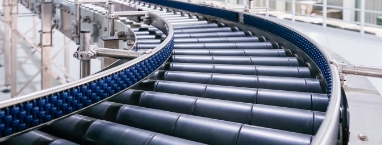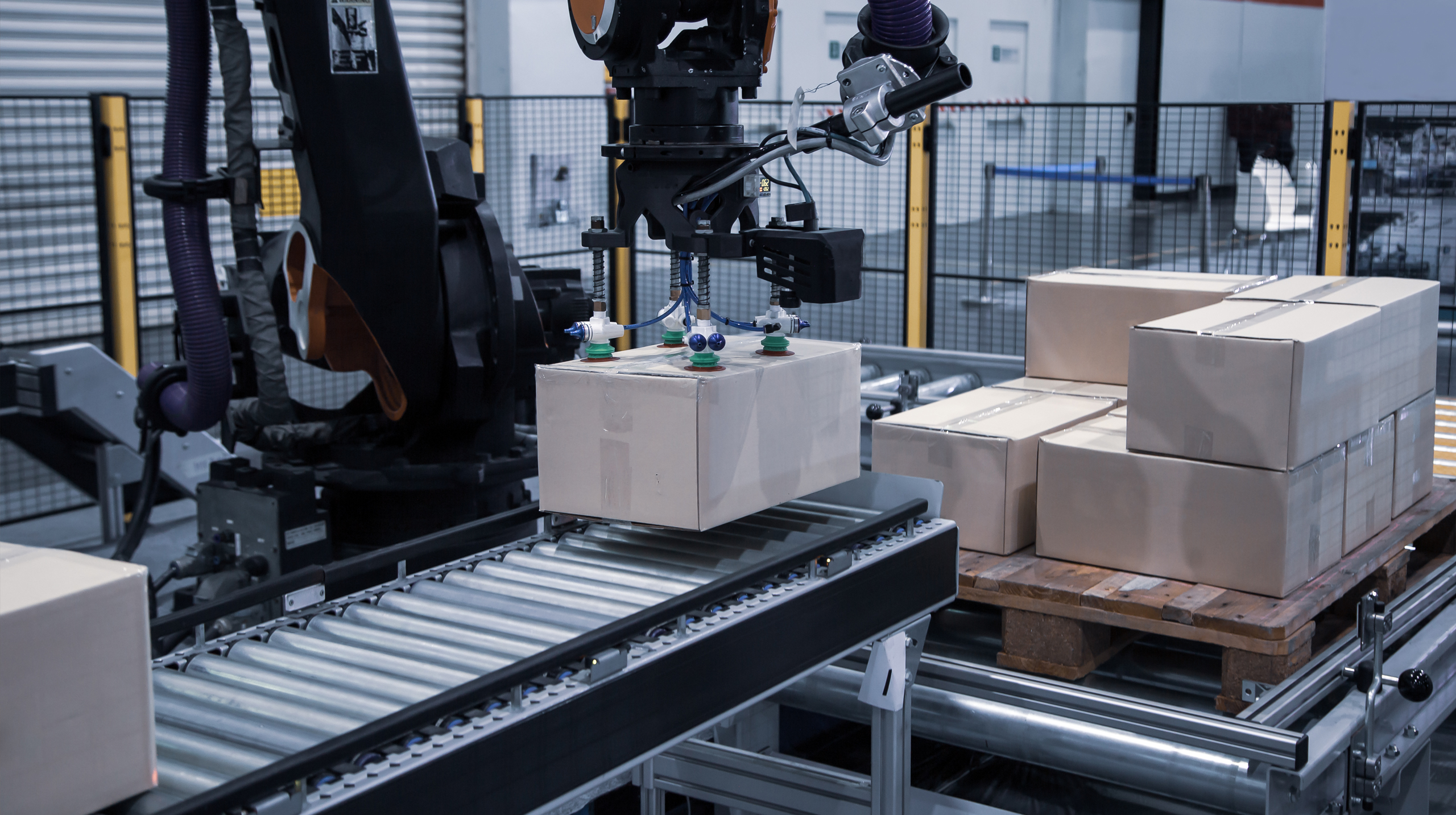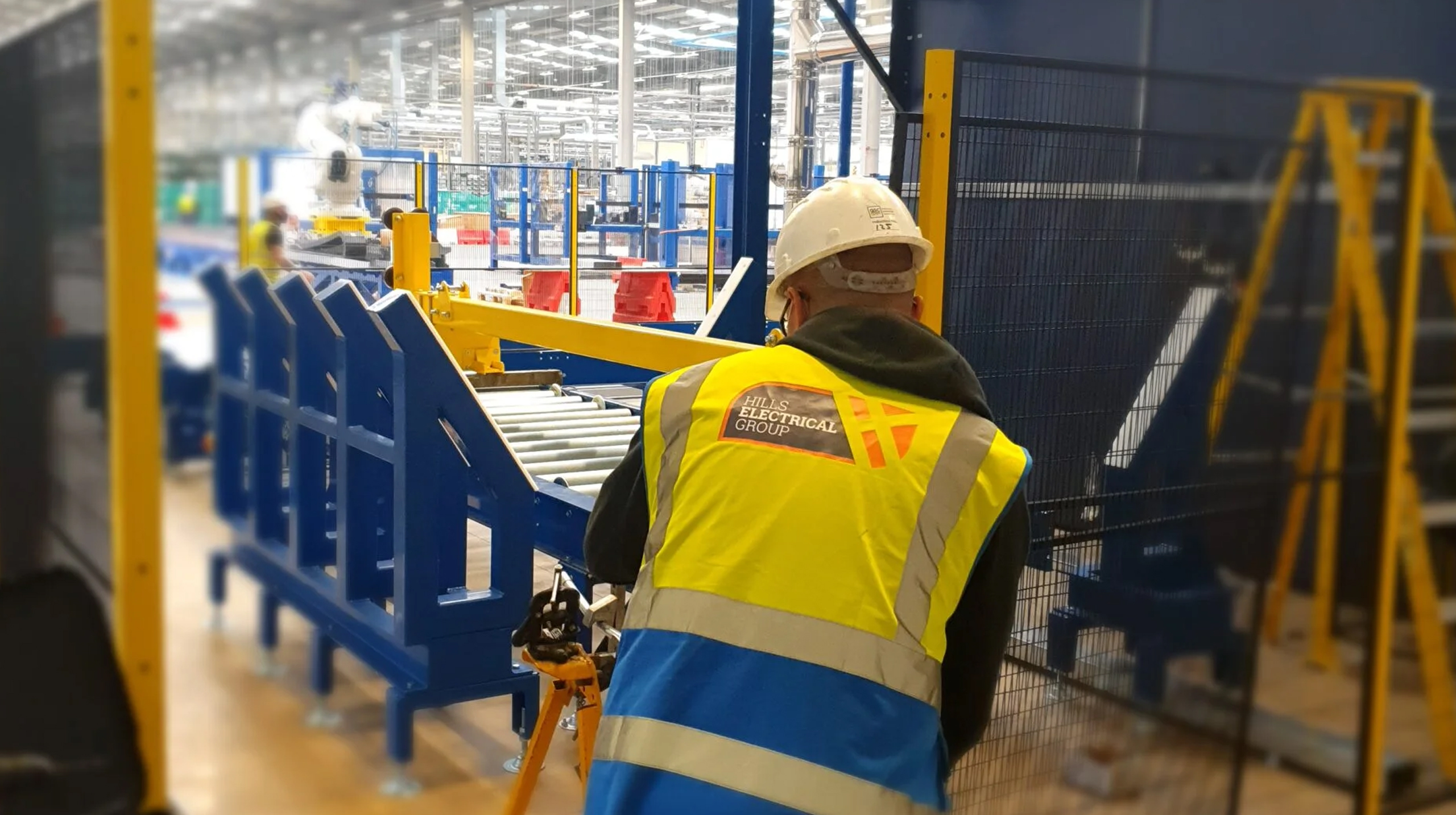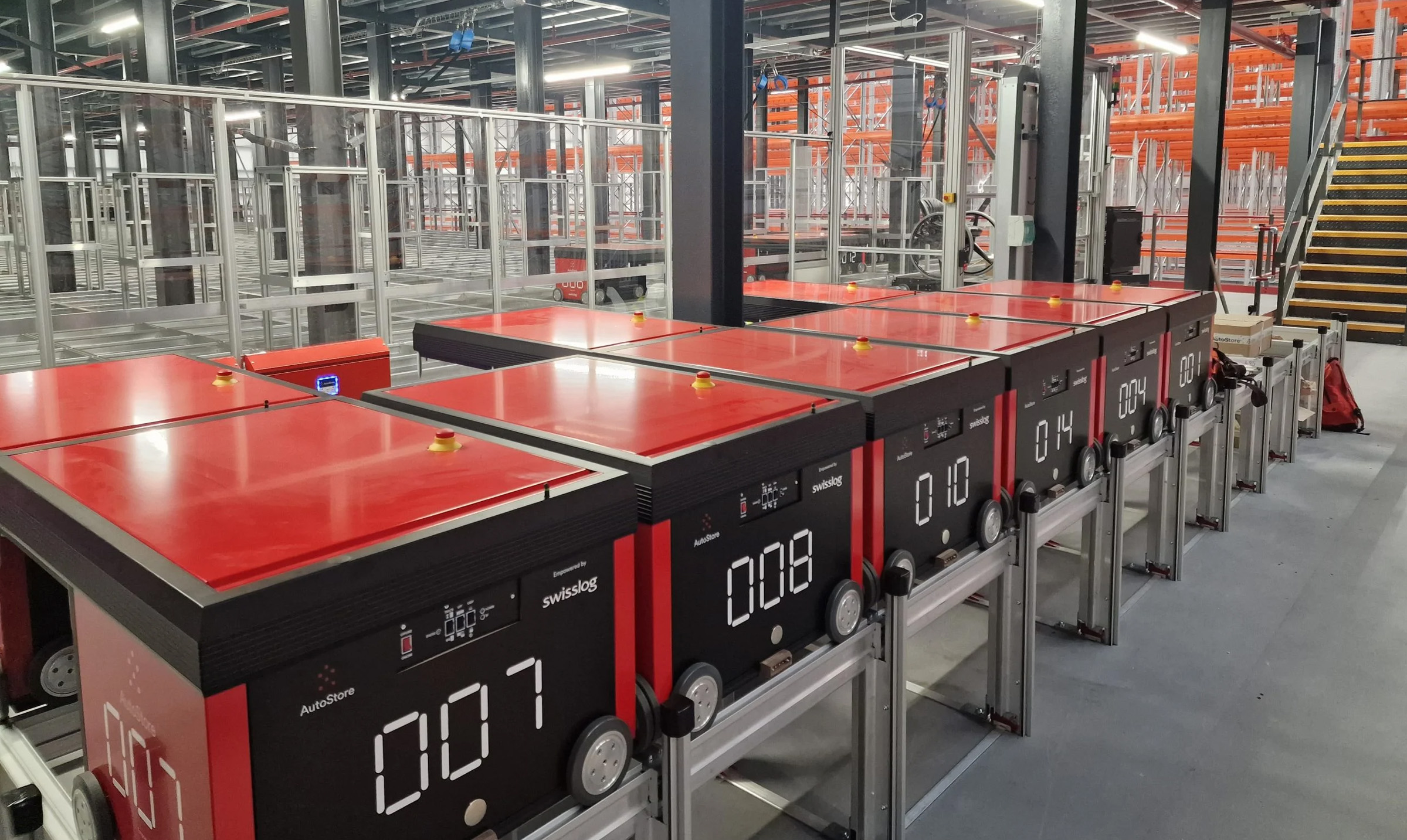A roller conveyor system consists of rollers fitted within a structured frame to allow objects to move with ease and efficiency.
Roller conveyor machinery can function manually, by gravity or be motor-powered. Powered roller conveyors are just another form of conveyor belt which uses rotating cylinders (rollers) to enable components to travel across the surface seamlessly and safely.
Generally found in warehouse environments, a roller conveyor is particularly useful for moving solid and sturdy objects such as containers, cardboard boxes, crates, pallets and trays.
Providing fast and safe methods for handling large volumes of objects, roller conveyors play a key role in production operations.
Various roller conveyor systems, such as powered roller conveyors and gravity roller conveyors, can be seen in operation across multiple industries, such as:
- Packaging
- Mail delivery
- Baggage handling
- Metalworks
- Manufacturing
- Design
- Logistics
Roller systems have existed since the first documented accounts from history. The ability to transport large and bulky objects has always been a priority throughout human history.
Despite modern manufacturing booming globally towards the latter half of the 20th century, roller conveyors date back centuries ago, aiding in ancient constructions and transportation of the pyramids in Egypt and Stonehenge in England.
However, it wasn’t until 1908 that the first patent for a roller conveyor was passed by Hymle Goddard.
It didn’t take long for the conveyor to be adopted by Henry Ford in 1913 when modern manufacturing made its mark with the established assembly line, a symbol and keen contributor to the “roaring twenties” that followed.







